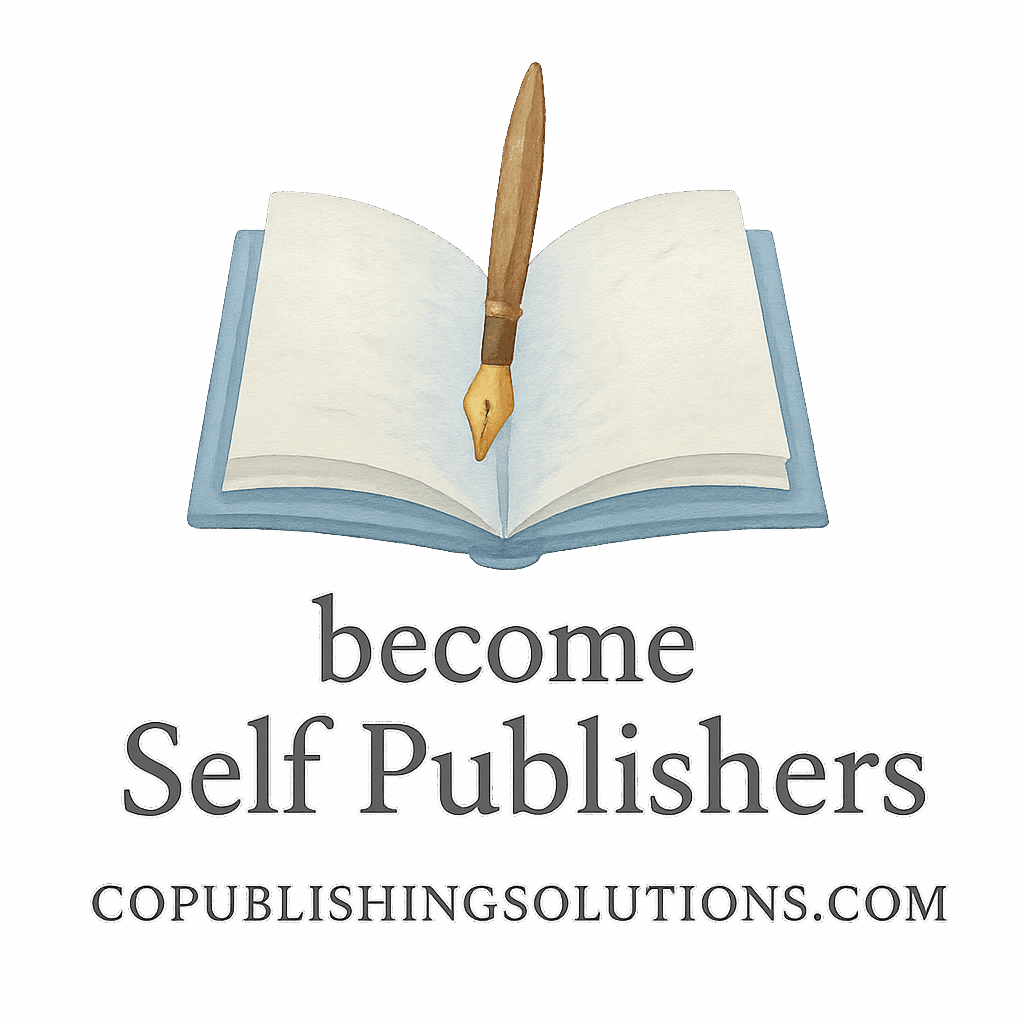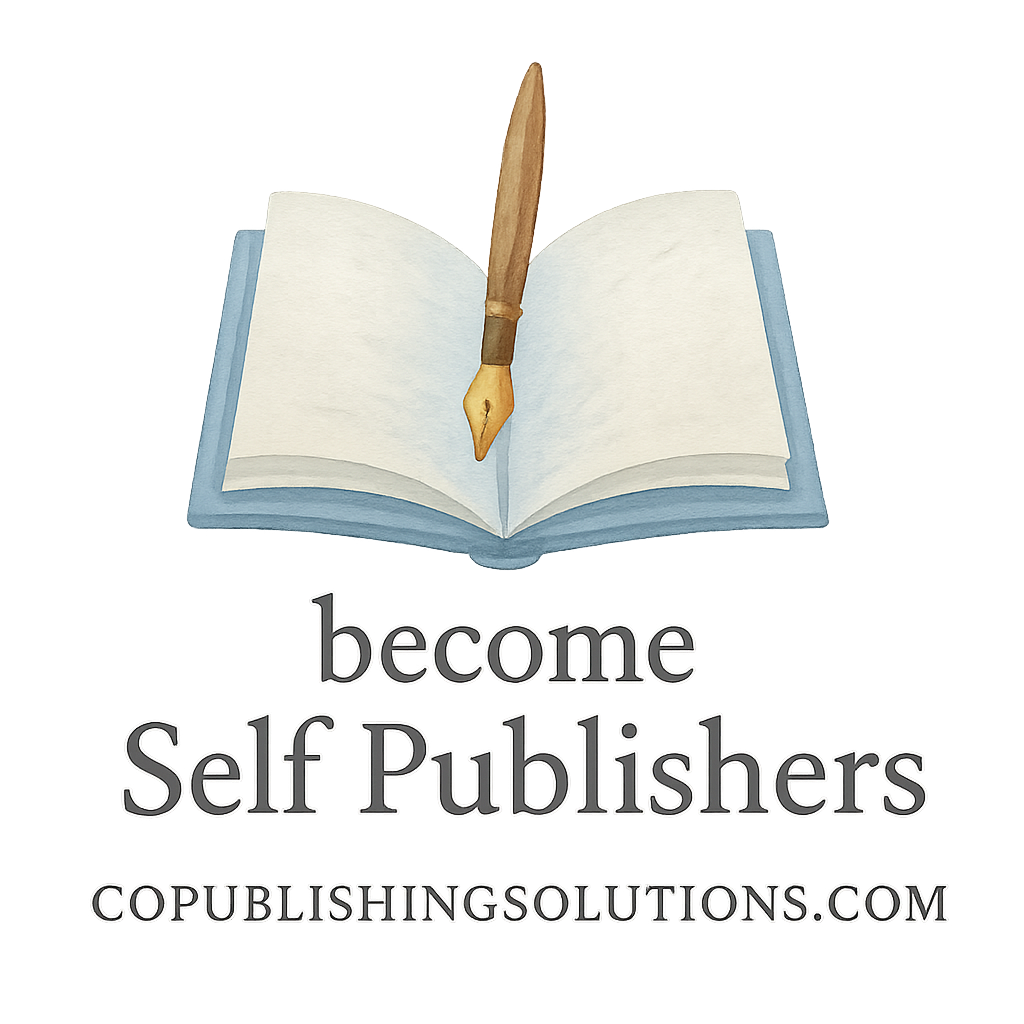Introduction
So you’ve got a book inside you, and now you’re ready to share it with the world—but don’t want to deal with the gatekeepers of traditional publishing? You’re not alone. DIY publishing is blowing up right now, and it’s not just a trend—it’s a full-blown movement. With the right platform, you can write, design, publish, and even market your book all by yourself. Pretty empowering, right?
This guide breaks down the 8 best platforms for DIY publishing success—plus, I’ll share tips and tools to help you win big as a self-published author.
Why DIY Publishing Is on the Rise
Independence and Control
Gone are the days when authors had to beg publishers for a chance. Now, you can publish your work on your terms—setting your own deadlines, pricing, cover, and marketing strategy.
For beginners, check out Self-Publishing Basics to understand the core concepts before diving in.
Growing Author Communities
Platforms now provide more than tools—they offer thriving communities. You can connect with other writers, find collaborators, and learn from people who’ve been there.
Explore the Co-authoring and Collaboration tags to find out how successful partnerships work.
What to Look for in a DIY Publishing Platform
Ease of Use
Whether you’re tech-savvy or not, your chosen platform should be intuitive. Look for drag-and-drop tools, simple dashboards, and easy export options.
Distribution and Reach
The bigger the reach, the more potential readers. Some platforms distribute your work to dozens of retailers—others stick to one ecosystem.
Monetization Options
You want to make money, right? Look for platforms that let you set your prices, offer royalties, and integrate with other income streams like audiobooks or courses.
Want to learn more? Read our guide on Marketing & Monetization.
1. Amazon Kindle Direct Publishing (KDP)
Key Features
- Publish eBooks and paperbacks
- Massive reach via Amazon
- Kindle Unlimited royalties
- Print-on-demand support
Best For
Authors who want to publish fast and tap into Amazon’s enormous global audience.
Internal Resources
Learn more about publishing strategies with Publishing Content Strategy and Book Sales.
2. Draft2Digital
Key Features
- Aggregates to Apple Books, Barnes & Noble, Kobo, and more
- Automatic formatting
- Free to use (they take a cut of royalties)
Best For
Authors who want broad distribution without the technical headaches.
Explore Formatting to streamline your book’s layout across platforms.
3. Smashwords
Key Features
- Wide distribution network
- Promotional tools like coupons
- Detailed sales reports
Best For
Writers who want transparency and a strong dashboard for managing sales.
Use this platform to explore topics around Book Pages and Structure.

4. Lulu
Key Features
- Great for print books and photo books
- Offers ISBNs, print-on-demand, and global reach
- Integrates with Shopify
Best For
Authors focused on print, especially those creating visual-heavy content like children’s books or portfolios.
Get help with Book Design and layout at Publishing Tools & Platforms.
5. Blurb
Key Features
- Perfect for photo books, art books, and portfolios
- High-end printing options
- Direct integration with Amazon and Ingram
Best For
Creative professionals and visual artists looking for a boutique-style publishing platform.
Learn more about how to use Tools to make your content stand out.
6. Reedsy
Key Features
- Connects authors with editors, designers, and marketers
- Professional formatting tool
- Marketplace for freelance publishing pros
Best For
Writers who want professional help without a traditional publisher.
Want to grow your publishing skills? Head over to Advanced Publishing Growth.
7. PublishDrive
Key Features
- AI-powered royalty splitting
- Global distribution (including China!)
- Built-in marketing tools
Best For
Experienced authors who want to scale and sell in international markets.
This is a strong platform for anyone focused on Business and Passive Income.
8. Kobo Writing Life
Key Features
- Strong presence in Canada, Europe, and Asia
- Easy royalties
- Analytics dashboard for tracking success
Best For
Authors targeting international, non-U.S. audiences.
If you’re just starting out, check the Beginner tag for essential tips.
Tips to Maximize DIY Publishing Success
Nail Your Formatting
Don’t let poor formatting ruin a great story. Invest time into styling your book so it looks good across devices.
Check out Layout resources to polish your book’s visual appeal.
Embrace Collaboration
Two (or more) heads are better than one. Co-writing or hiring a freelance editor can dramatically improve your book.
Dive into Writing resources and find a co-creator under Co-authoring.
Build a Marketing Funnel
Writing is half the battle—marketing is the other. Use email newsletters, social media, and paid ads to drive traffic to your book.
Need help figuring that out? Our Publishing Content Strategy breaks it all down.
Conclusion
Publishing your own book isn’t just possible—it’s powerful. With platforms like KDP, Draft2Digital, Lulu, and Reedsy, you’ve got more tools than ever to take your story from draft to bookshelf. Just remember: it’s not a one-size-fits-all game. The best platform for you depends on your goals, audience, and skill set.
Ready to start your author journey? Explore everything from Self-Publishing Basics to Advanced Publishing Growth on CoPublishing Solutions.
FAQs
1. Which DIY publishing platform is best for beginners?
Amazon KDP is often the easiest to start with due to its massive reach and simple interface. Check the Beginner tag for more help.
2. Can I publish both eBooks and print books?
Absolutely! Platforms like Lulu, KDP, and Blurb support both formats.
3. How do I earn money from my self-published book?
Through royalties, direct sales, or even bundling your book into a course. Learn more via Monetization strategies.
4. Is self-publishing expensive?
Not necessarily. Many platforms are free to use but may charge fees for premium services. DIY often cuts out major costs.
5. Do I need to hire a professional editor or designer?
It’s not required, but it’s highly recommended if you want a polished final product. You can find pros via Reedsy or explore Book Design tips.
6. How long does it take to publish a book?
It can be as quick as a few hours with platforms like KDP, depending on how ready your manuscript is.
7. Can I sell my book internationally?
Yes! Platforms like PublishDrive and Kobo Writing Life specialize in global reach.


